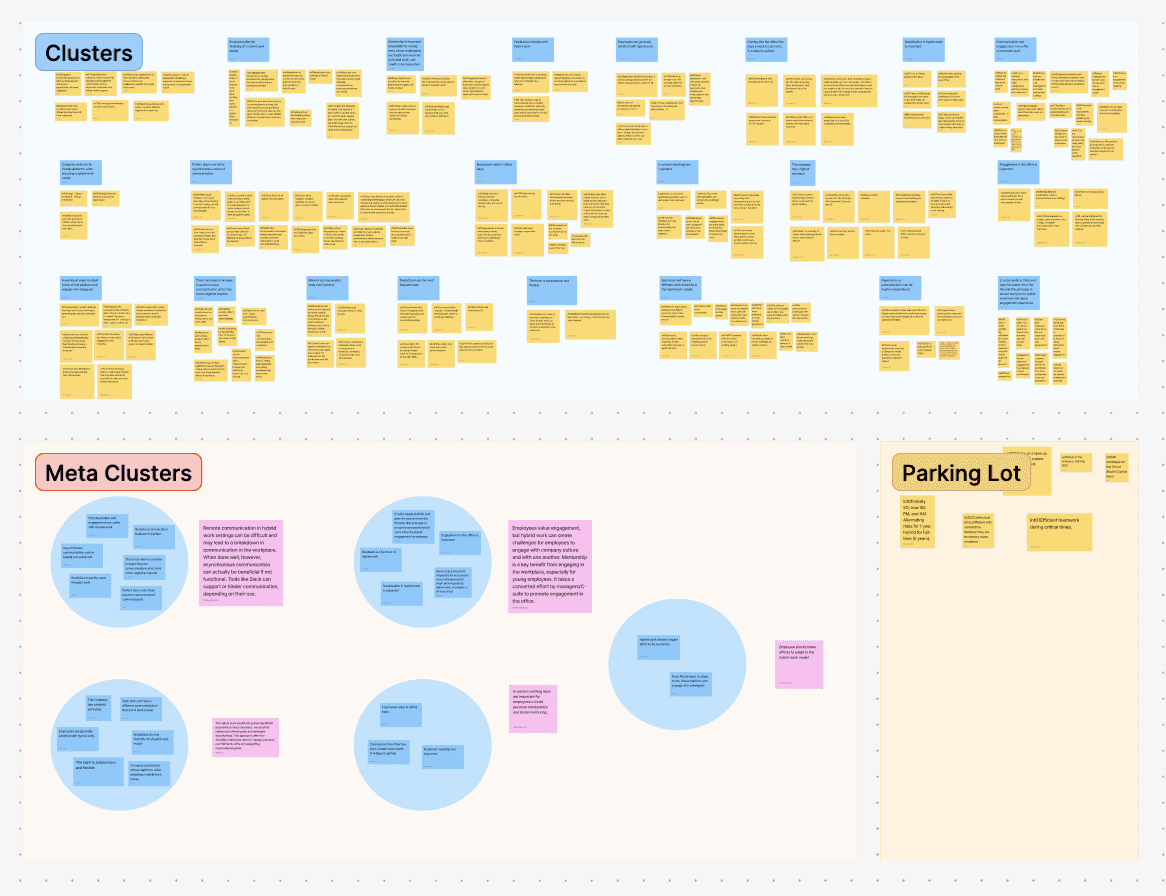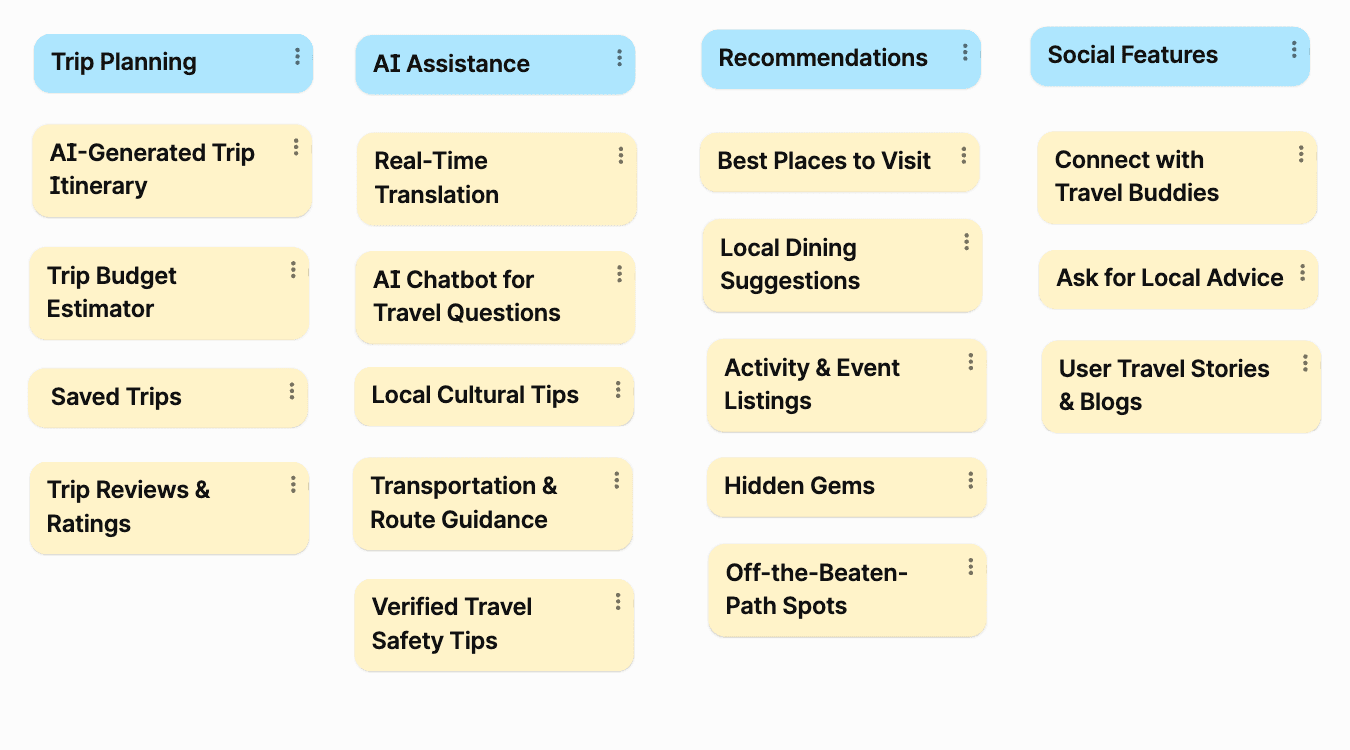AI-driven platform to streamline trip planning, real-time translation, and personalized travel recommendations. By combining AI-driven personalized itineraries with cultural insights, Gous serves as both a comprehensive trip planner and a platform for fostering meaningful connections.
ROLE
Visual Designer
UX Designer
DOMAINS
System Design
Visual Design
UX research
TOOLS
Figma
Adobe Illustrator
Adobe Photoshop
TIMELINE
14 Weeks
Problems ✋
Challenges in Planning Personalized Trips
Planning a personal trip for international students who speak English as a second language can be stressful, overwhelming, and time-consuming. Due to their busy schedules, they may not have time to select their own appropriate travel plans.
Problem Statement⚡️
How can we help international students plan personalized trips more efficiently and quickly while overcoming language and cultural barriers?
Goals ✅
Create an app, solution, or product that will:
Simplify the process of planning trips for users by offering a intuitive platform tailored to their travel needs.
Provide personalized travel recommendations with detailed information, including activity ratings, reviews, and key insights.
Provide real-time chatbot assistance and language translation to help users communicate, navigate, and get instant answers to their travel-related questions.
{ Final Design & Key Features }
Secondary Research
My research aimed to understand the key challenges these students face when planning trips, the role of AI in addressing these issues, and the potential for AI-driven tools to improve user experience.
Competitive Analysis
I analyzed existing travel applications such as Agoda, Booking.com, and Kayak to identify their strengths and limitations, particularly in addressing the unique needs of international students. At present, there is no travel booking app that could apply AI technology to customers. Gous could fill the gap in tourism marketing so that students could no longer suffer the difficulty in planning trips.
User Interviews
To understand the challenges students face, I conducted user interviews with 8 international students and distributed a survey, gathering approximately 40 responses to provide insights about their travel behaviors, trip-planning strategies, pain points, and key factors that inspire their destination choices.
Approach 🎒
Our interview and survey strategy aimed to explore both practical behaviors and emotional experiences.
We sought answers to key questions:
How do international student currently plan and book their trips?
What barriers do those students face when traveling alone or with a group?
What kind of support or resources would make trip planning easier for them?





























